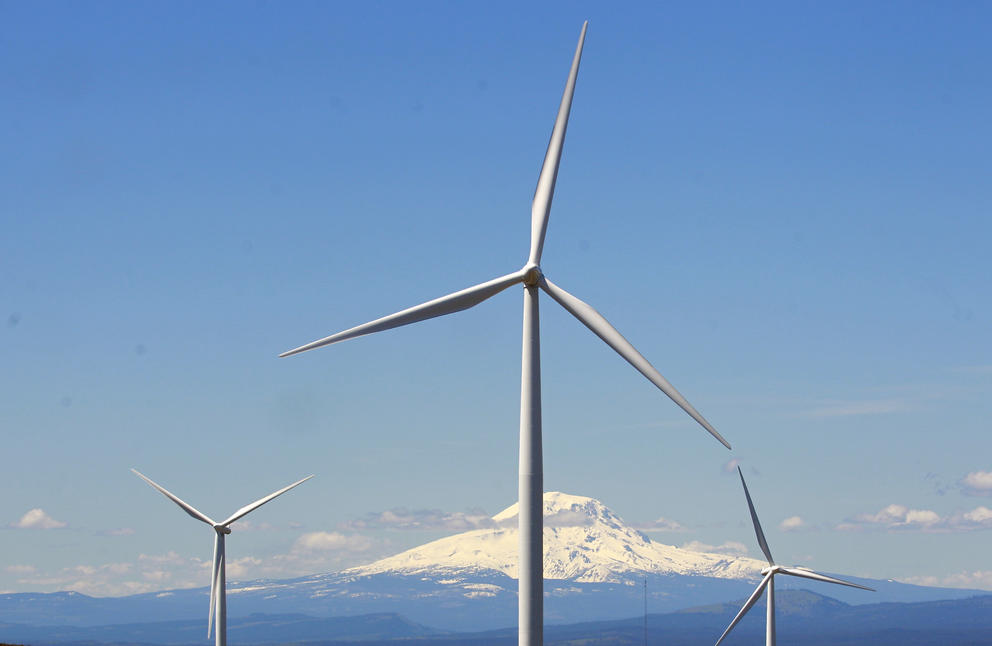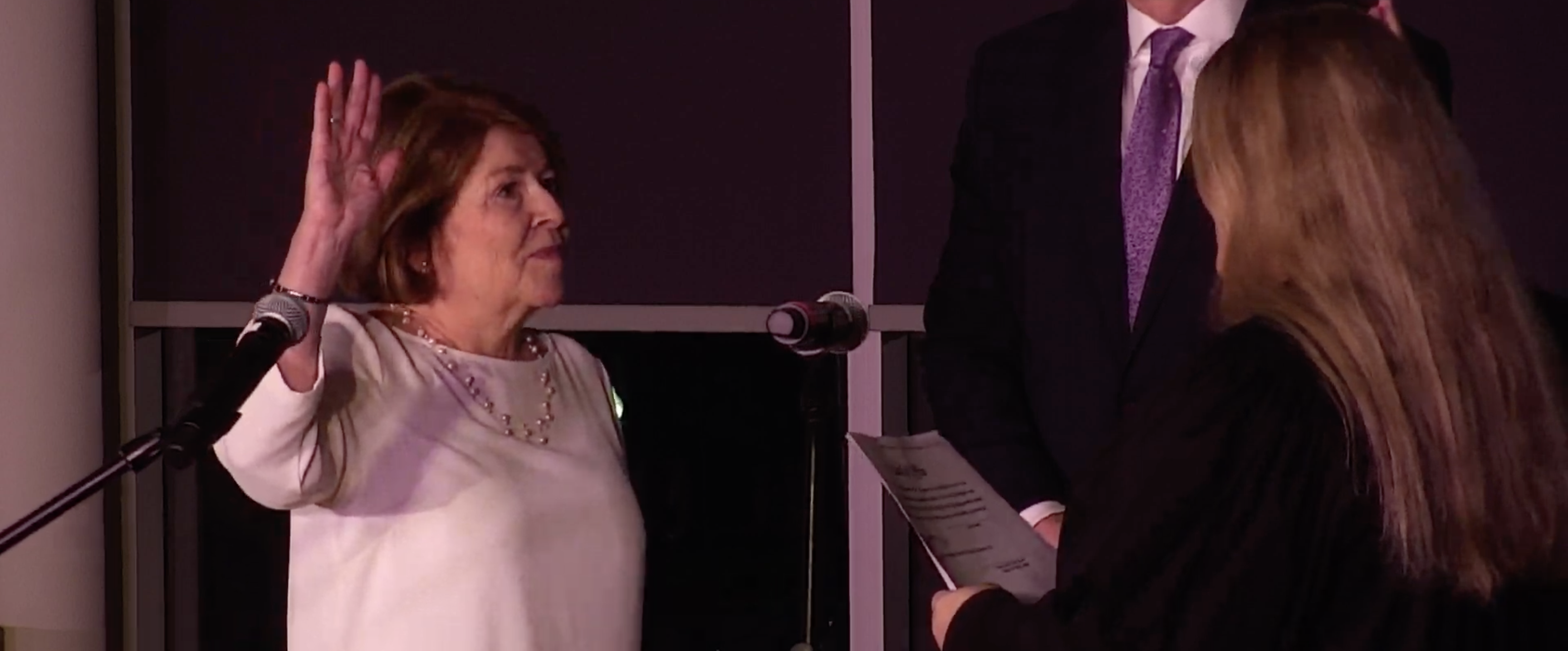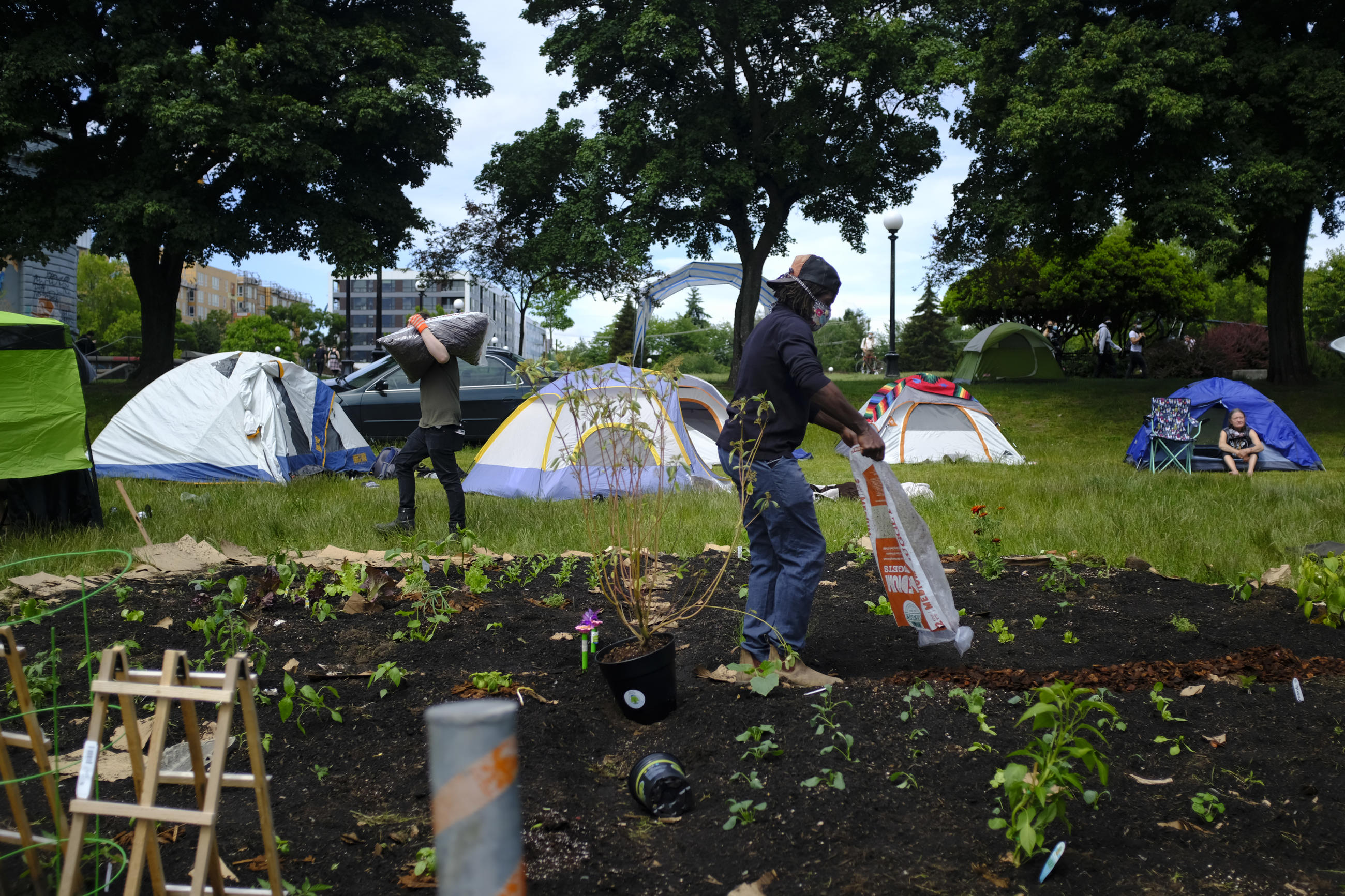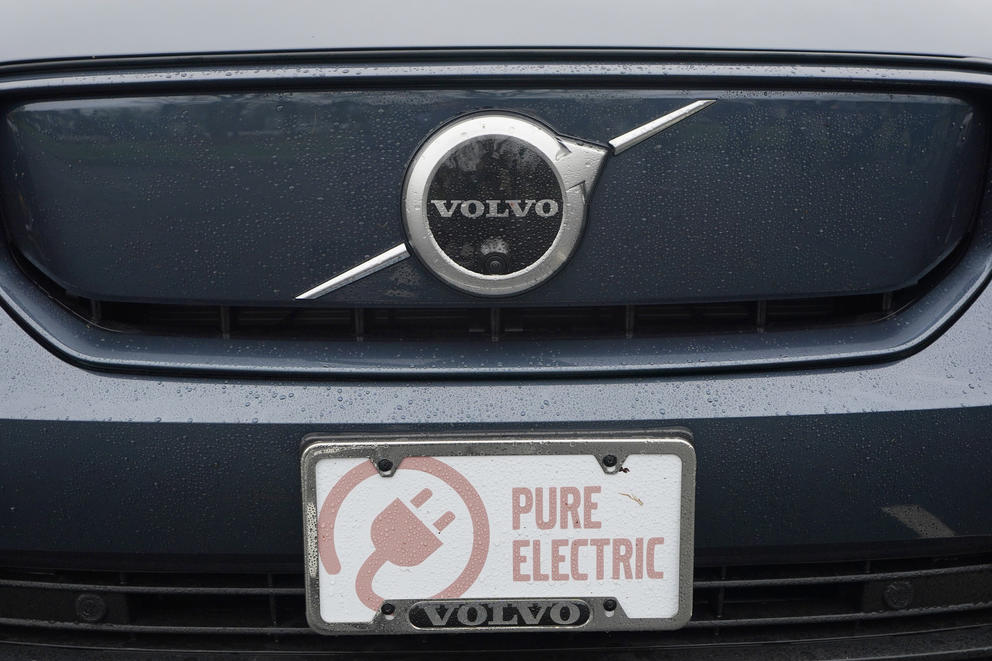Tri-Cities wind turbine farm proposal halved for endangered hawks

In this June 3, 2011, file photo, wind turbines stand along the Columbia River Gorge near Goldendale, Wash. In recent years, huge solar and wind farms have sprouted on public desert land in the Western United States, buoyed by generous federal tax credits. (AP Photo/Rick Bowmer, File)
A Washington commission recommended approval Wednesday of a slimmed-down wind turbine project just south of the Tri-Cities.
The Washington Energy Facility Site Evaluation Council voted 5-2 to recommend that Gov. Jay Inslee approve the Horse Heaven Hills turbine project. The original project had faced criticism for threatening endangered ferruginous hawks and ruining views.
Inslee now has 60 days to make his decision. EFSEC is a committee of representatives from several Washington state agencies.
Scout Clean Energy of Boulder, Colorado, originally made plans for a maximum of 141 or 222 wind turbines – depending on approved height – along a 24-mile east/west stretch of the Horse Heaven Hills just south of Kennewick. However, the state council decided in February to implement two-mile buffer zones around 60 to 70 ferruginous hawk nests in that area and remove turbines along the north slopes of the hills.
The buffer zone cuts Scout Clean Energy’s number of turbines by roughly half, though the precise number won’t be available until the company maps out a new plan. The company said the changes trim the projected 1,150 megawatts of wind power to 236 megawatts.
Scout Clean Energy’s original proposal also included two 500-megawatt solar panel farms on the east and west sides of the 24-mile stretch. EFSEC ordered that the eastern solar farm be removed because of its proximity to sensitive Native cultural sites.
The wind farm has drawn strong opposition from numerous Tri-Citians because the original plan for the turbines would disrupt a currently pristine view of the hills from the urban area, and could disturb the ferruginous hawk nests.
"By partially approving the Horse Heaven wind and solar project, EFSEC is balancing the need for renewable, clean energy with potential impacts on tribal cultural resources, wildlife and surrounding communities,” said the council’s chairwoman Kathleen Drew at Wednesday’s meeting.









